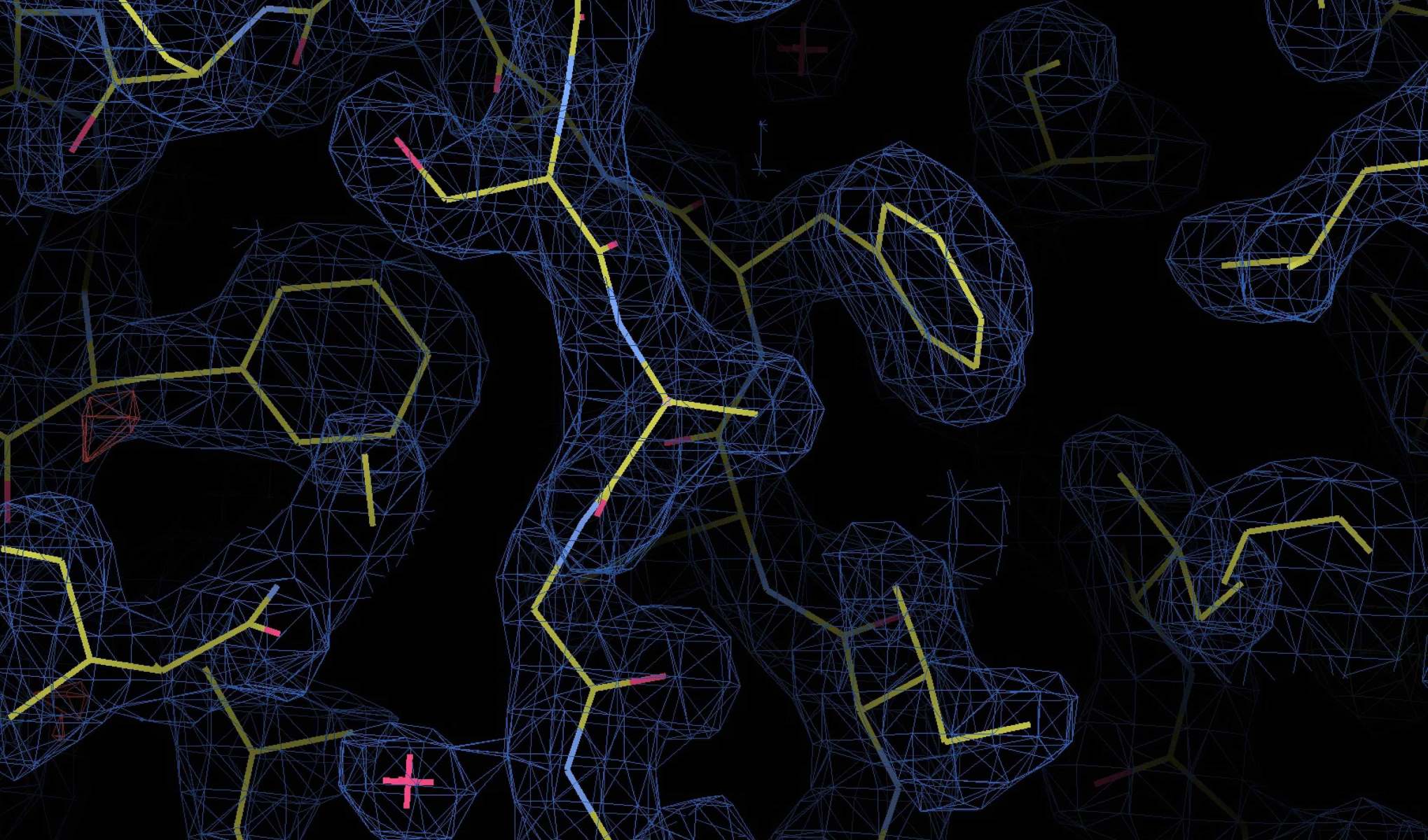
Growing Teratoma Syndrome (GTS) is a rare condition that can occur in patients treated for germ cell tumors. GTS happens when a malignant tumor shrinks or disappears after chemotherapy, but a benign teratoma continues to grow. This can be confusing and alarming for patients and their families. Understanding GTS is crucial for proper management and treatment. In this blog post, we'll share 20 essential facts about Growing Teratoma Syndrome to help you grasp its complexities. From symptoms to treatment options, these facts will provide a comprehensive overview of this unique medical condition. Let's dive into the world of GTS and uncover what you need to know.
What is Growing Teratoma Syndrome?
Growing Teratoma Syndrome (GTS) is a rare condition that occurs in patients with germ cell tumors. It involves the transformation of malignant cells into benign teratomas. Here are some fascinating facts about this unusual syndrome.
-
GTS was first described in 1982 by Logothetis et al. They observed that some patients with testicular cancer developed growing masses despite chemotherapy.
-
The syndrome is most commonly associated with testicular cancer but can also occur in ovarian and other extragonadal germ cell tumors.
-
GTS is characterized by the growth of mature teratoma tissue, which is benign, after chemotherapy has eradicated the malignant cells.
-
Patients with GTS often present with enlarging masses in areas where the original tumor was located, such as the retroperitoneum, mediastinum, or lungs.
Symptoms and Diagnosis of GTS
Recognizing the symptoms and diagnosing GTS can be challenging due to its rarity and the nature of the condition. Here are some key points to consider.
-
Symptoms of GTS can include pain, swelling, or discomfort in the affected area, depending on the location of the growing teratoma.
-
Imaging studies such as CT scans or MRIs are crucial for diagnosing GTS. These tests can reveal the presence of growing masses.
-
Blood tests for tumor markers like AFP (alpha-fetoprotein) and hCG (human chorionic gonadotropin) are typically normal or declining in GTS, unlike in active malignancy.
-
A biopsy may be necessary to confirm the diagnosis of GTS, as it can differentiate between benign teratoma tissue and residual malignant cells.
Treatment Options for GTS
Treating GTS requires a different approach compared to other germ cell tumors. Here are some important facts about the treatment options available.
-
Surgical removal of the growing teratoma is the primary treatment for GTS. Complete resection is essential to prevent further growth and complications.
-
Chemotherapy is generally ineffective against GTS because the growing masses are composed of benign tissue.
-
In some cases, multiple surgeries may be required to remove all teratoma tissue, especially if the masses are located in difficult-to-reach areas.
-
Regular follow-up and monitoring are crucial for patients with GTS to detect any recurrence or new growths early.
Prognosis and Outcomes of GTS
Understanding the prognosis and potential outcomes of GTS can help patients and their families prepare for the future. Here are some key facts about the prognosis of GTS.
-
The prognosis for patients with GTS is generally favorable, as the condition involves benign tissue rather than malignant cells.
-
However, the growing teratomas can cause significant morbidity due to their size and location, potentially compressing vital structures.
-
Early detection and complete surgical resection are critical for improving outcomes and reducing the risk of complications.
-
Long-term survival rates for patients with GTS are high, especially when the condition is managed appropriately with surgery and regular monitoring.
Research and Future Directions
Ongoing research is essential for improving our understanding and treatment of GTS. Here are some interesting facts about current research and future directions.
-
Researchers are investigating the molecular mechanisms behind the transformation of malignant cells into benign teratomas in GTS.
-
Studies are also exploring potential biomarkers that could help in the early detection and diagnosis of GTS.
-
Advances in surgical techniques and imaging technologies are improving the ability to detect and remove teratoma tissue more effectively.
-
Collaborative efforts between oncologists, surgeons, and researchers are crucial for developing better treatment strategies and improving outcomes for patients with GTS.
Final Thoughts on Growing Teratoma Syndrome
Growing Teratoma Syndrome (GTS) is a rare but significant condition that can develop after treatment for germ cell tumors. Understanding the symptoms, diagnosis, and treatment options is crucial for managing this syndrome effectively. GTS can present unique challenges, but early detection and appropriate intervention can lead to better outcomes.
Patients and caregivers should stay informed and maintain open communication with healthcare providers. Regular follow-ups and monitoring are essential to catch any changes early. While GTS may seem daunting, advancements in medical research offer hope for improved treatments and management strategies.
By staying proactive and educated, those affected by GTS can navigate this condition with greater confidence. Remember, knowledge is power, and being well-informed can make a significant difference in the journey with GTS.
Was this page helpful?
Our commitment to delivering trustworthy and engaging content is at the heart of what we do. Each fact on our site is contributed by real users like you, bringing a wealth of diverse insights and information. To ensure the highest standards of accuracy and reliability, our dedicated editors meticulously review each submission. This process guarantees that the facts we share are not only fascinating but also credible. Trust in our commitment to quality and authenticity as you explore and learn with us.


